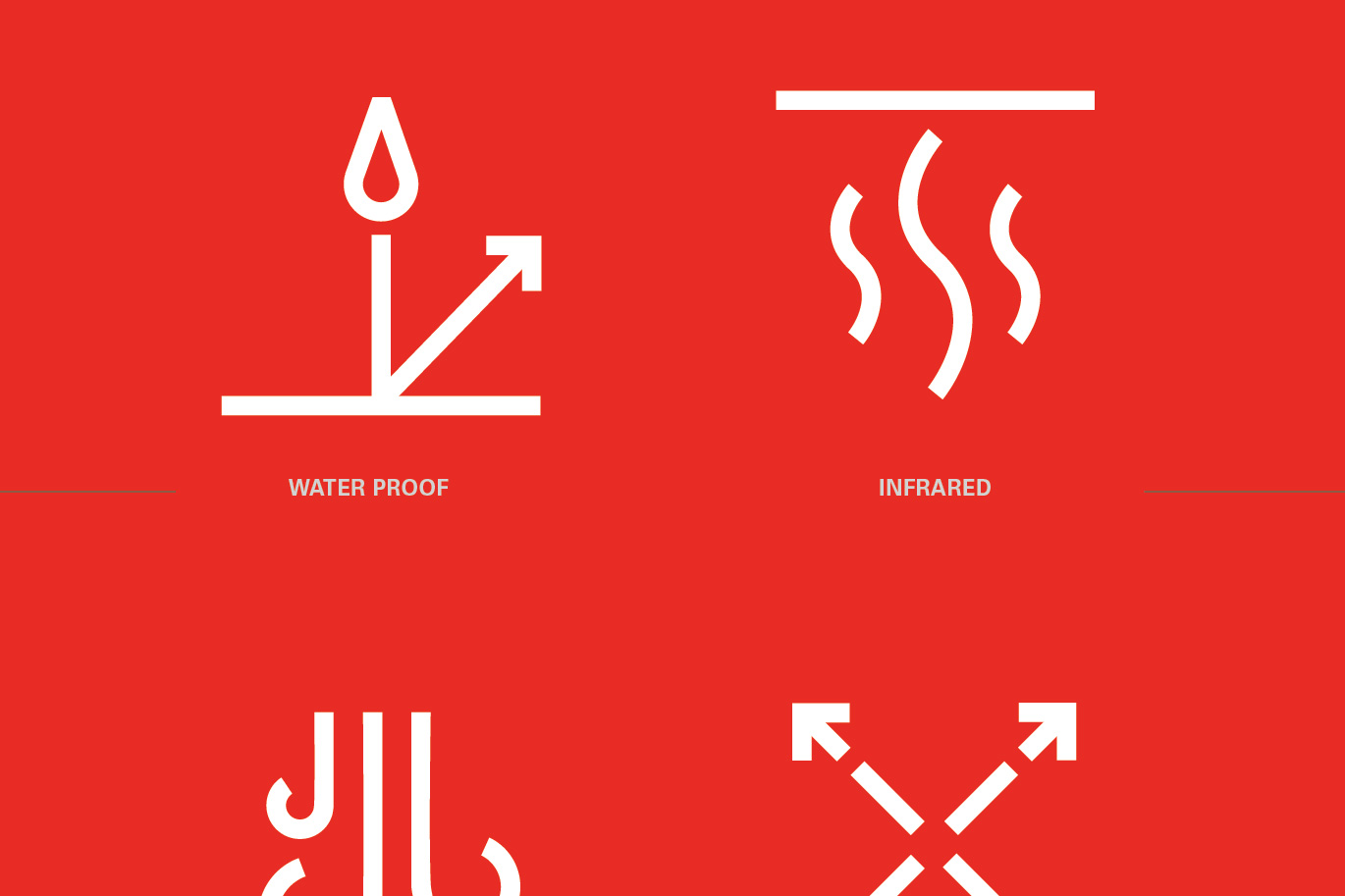- Winter 2024
Syllabus Description:
Art History 381a: Art since World War II
AH 381a Art since WWII Winter 24-1.docx
Instructor: Kolya Rice
Office hours: Fridays 10-11 and by Zoom appointment
302 Art, krice@uw.edu
Course Description:
This course is designed to introduce participants to key movements, themes and strategies utilized by Western artists since c. 1940, as well as some of the ways these practices have been framed by art criticism. Although the course offers an overview of the period covered, unlike traditional survey classes, at points this class will be more narrowly focused through topical investigations of specific artists or themes. Through a series of challenging readings we will generate discussion around many critical issues that have been addressed in the cultural sphere over the last 60 years. These include: the politics of abstraction, the role of the body, representation as a semiotic problem, gender and sexuality, authorship and reception, etc. Though slide-based lectures will anchor the course, because discussion is integral, class participation is not only required but also vital to the success of the class as well as your grade.
Readings:
1. Optional Textbook: Jonathan Fineberg. Art since 1940: Strategies of Being, third edition (New Jersey: Prentice Hall 2011). (This text is out of print, but many used copies are available to those who would benefit from a basic textbook to accompany lecture and special topic readings.
2. Special Reading Topics: PDF files on Canvas
Course Requirements:
1. Active participation in all meetings. Please note, active participation assumes that you thoroughly read and think about course materials in advance of class meetings, that you meaningfully contribute to discussions, and that you complete any informal exercises assigned.
2. 2 Image Identification Quizzes (Artist, Title, Date)
3. 2 Art Review Essay (3-4 pages each)
4. Midterm Exam (term definitions and informal essays)
5. Final Exam (term definitions and informal essays)
Note: make-up exams will not be given without legitimate documentation of severe illness, family emergencies, etc. Extensions for written work will be granted only under similar conditions. Late papers will not be accepted. All course requirements must be completed for credit to be awarded.
Grading:
Participation (10%)
Summary Essay (3 pages)
2 Image Identification Quizzes (10%)
2 Art Review Essays (20%)
Midterm Exam (30%)
Final Exam (30%)
Key dates to remember:
1/22 Summary Essay due
2/2 Image Identification Quiz
2/5 Midterm exam due on Canvas
2/12 Art Review #1 due on Canvas
3/4 Art Review #2 due on Canvas
3/6 Image Identification Quiz
3/12 Final exam due on Canvas
Course Outcomes:
I. Learn Actively - Learning is a personal, interactive process that results in greater expertise and a more comprehensive understanding of the world.
• Employ interdisciplinary methods of visual analysis
• Explore the relationships between art and its social, cultural, political, historical and/or religious contexts
• Develop interdisciplinary knowledge of the local, national and / or global experience of communities framed by intersections between class, race, gender, religion, national origin, sexual orientation, and other identities
• Relate personal artistic experience to discipline-based methods of analysis. Work with others to explore and appreciate the variety of responses art provokes
• Reflect explicitly on how one’s global position (perspective, affinities, and values) shapes what is experienced and how it informs judgments
• Demonstrate understanding of the historical, political, scientific, cultural and/or socioeconomic interrelationships between the local and the global
II. Think Critically, Creatively and Reflectively - Reason and imagination are fundamental to problem solving and critical examination of ideas.
• Use a variety of approaches to think critically about and reflect on personal assumptions and alternative views regarding issues of power and inequality as they relate to issues of the visual representation of sexuality, ethnicity, gender, and religion
• Identify key art historical issues, determine the assumptions underlying arguments, and recognize the way that historical and cultural context affect meaning
• Explore and articulate various ways that art represents cultural identity which is shaped by varying degrees of power and privilege, in relation to both a local context and interconnected world
• Confront issues of rapid and violent social and technological change and their effect on art
III. Communicate with Clarity and Originality - The ability to exchange ideas and information is essential to personal growth, productive work, and societal vitality.
• Discuss multiple interpretations of course content as it relates to structures of power and inequality using discipline-appropriate concepts and theories, and articulate how and why these structures inform personal, professional, and social identities
• Demonstrate intercultural understanding and sensitivity by integrating cross-cultural verbal and non-verbal communication practices and skills when engaging with others
• Articulate points of view while using details of a work of art or its context as evidence
• Demonstrate proficiency to conduct guided research using a wide variety of materials from multiple international points of view
• Present results of research and analysis to classmates in verbal and written form
• Use appropriate sources and technologies to gather and present information
• Question and reflect on assumptions, statements and information made throughout the course by the text, instructors, and students
• Demonstrate effective use of interdisciplinary methodologies employed in the course to visually analyze works of art
• Contribute ideas and information individually and in a group dynamic
IV. Interact in Diverse and Complex Environments – Successful negotiation through our increasingly complex, interdependent, and global society requires knowledge and awareness of self and others, as well as enhanced interaction skills.
• Engage with complex differences between disparate cultures as manifest through social inequities. As part of this practice, students will recognize and articulate their understanding of diverse perspectives
• Collaborate with peers to discuss course material and plan for presentations or group papers
• Demonstrate the ability to listen for, to and across differences, by articulating one’s own frame of reference and its application in reference to others
• Work collaboratively and be able to translate those experiences to mutually advantageous interactions on campus and with the larger community
• Demonstrate the ability to be civil during discussions and respectful of opposing views
Religious Accommodations Policy



